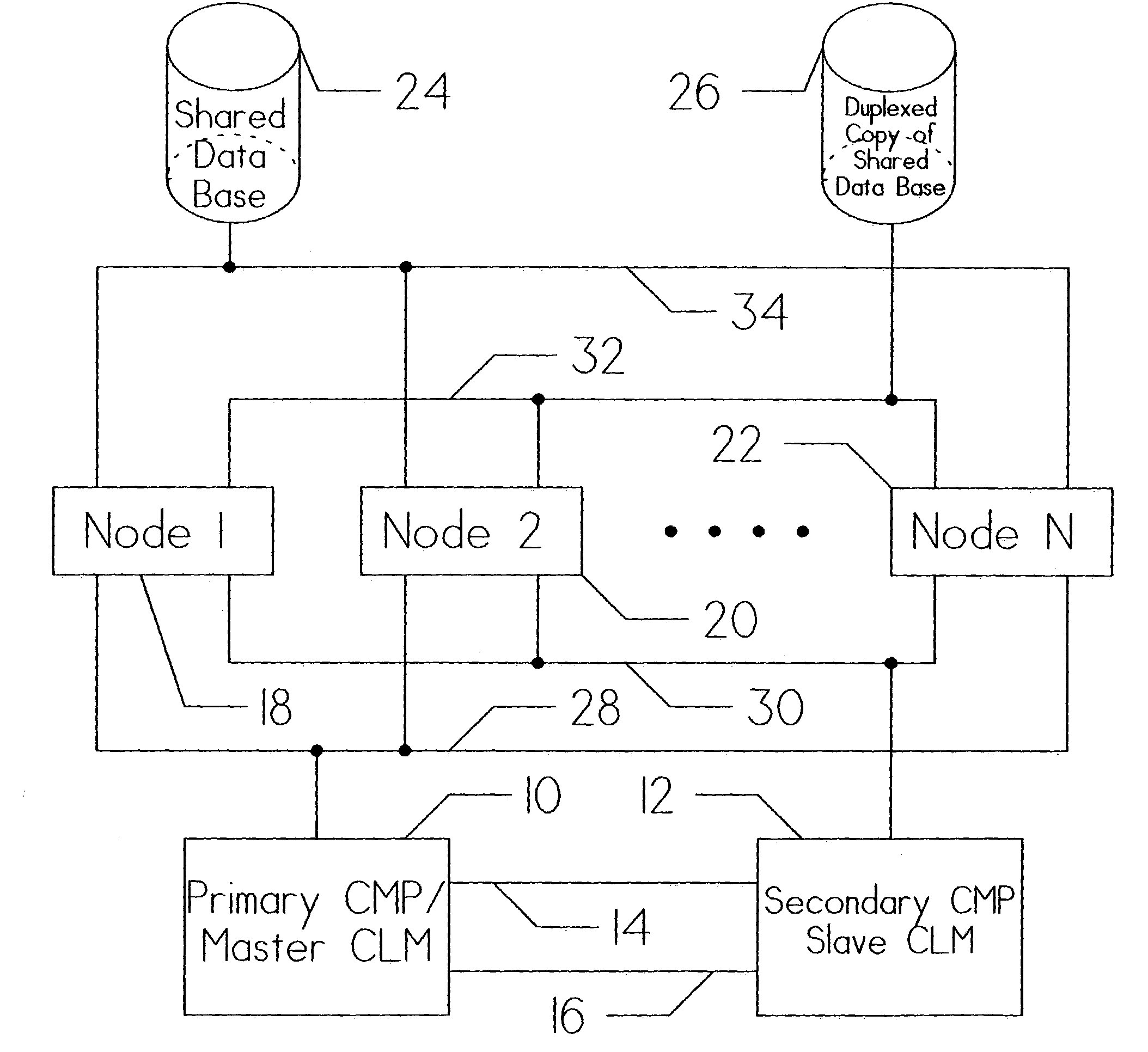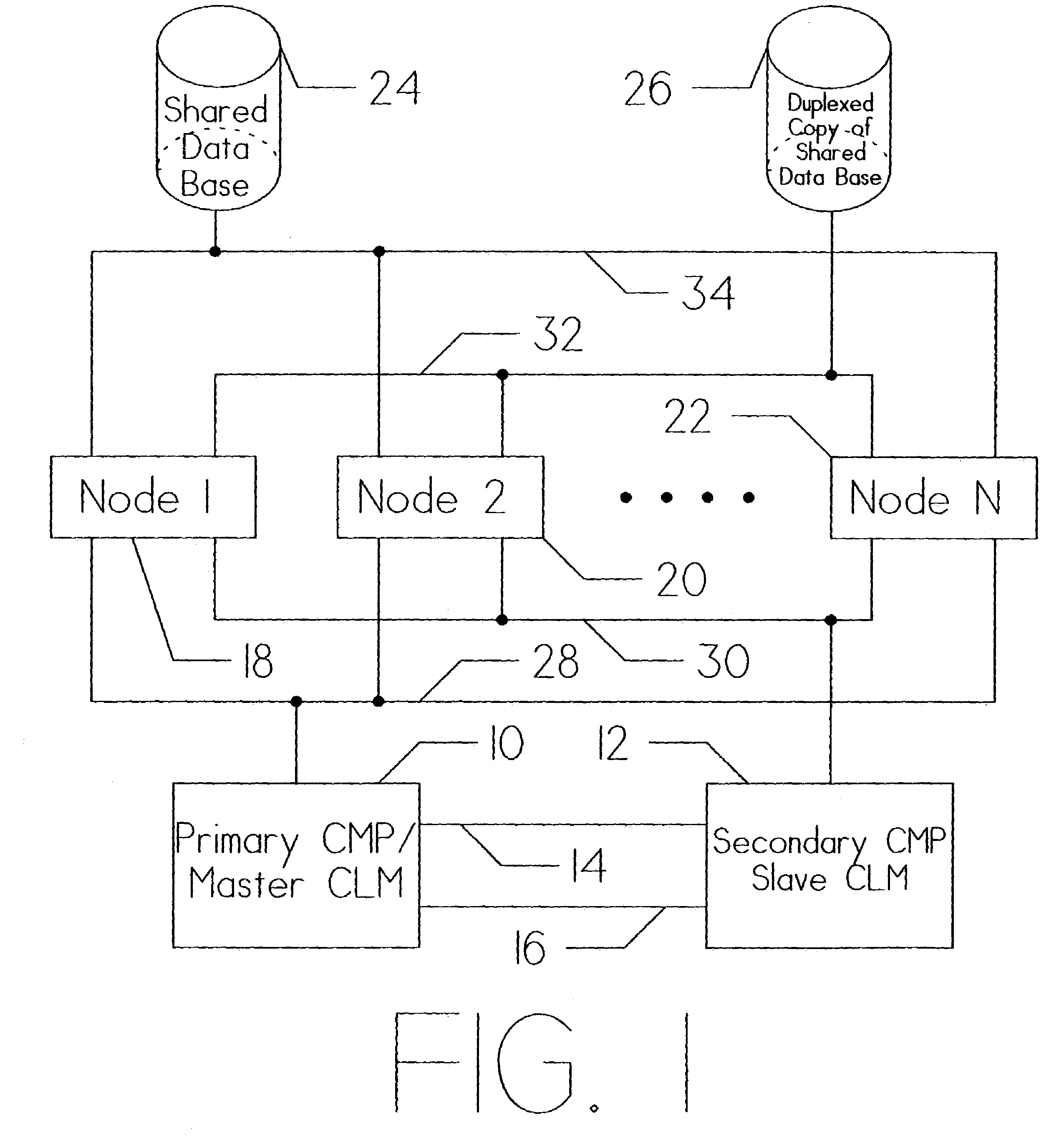Method for obtaining higher throughput in a computer system utilizing a clustered systems manager
a computer system and clustering technology, applied in the field of data processing systems, can solve the problems of commodity components, lack of reliability features of more specialized hardware and software typically utilized in commercial, industrial, defense applications,
- Summary
- Abstract
- Description
- Claims
- Application Information
AI Technical Summary
Benefits of technology
Problems solved by technology
Method used
Image
Examples
Embodiment Construction
[0047]The present invention is described in accordance with several preferred embodiments which are to be viewed as illustrative without being limiting. These preferred embodiments are based upon mainframe hardware components and various operating system software components available from Unisys Corporation and commodity hardware and software components available from Microsoft Corporation, Intel Corporation, and in the general personal computer market place.
[0048]FIG. 1 is a detailed diagram showing the general relationship of the major components that comprise a clustered computer system. The host systems are represented by Node 1 (18), Node 2 (20), and Node N (22). The total number of host systems is selected for the particular system application(s). Each of these instruction processors communicate with Data Base 24 and Duplex Copy 26 of Data Base 24 via busses 34 and 32, respectively. This provides the redundancy necessary to recover from single point of failures within the data...
PUM
 Login to View More
Login to View More Abstract
Description
Claims
Application Information
 Login to View More
Login to View More - R&D
- Intellectual Property
- Life Sciences
- Materials
- Tech Scout
- Unparalleled Data Quality
- Higher Quality Content
- 60% Fewer Hallucinations
Browse by: Latest US Patents, China's latest patents, Technical Efficacy Thesaurus, Application Domain, Technology Topic, Popular Technical Reports.
© 2025 PatSnap. All rights reserved.Legal|Privacy policy|Modern Slavery Act Transparency Statement|Sitemap|About US| Contact US: help@patsnap.com



